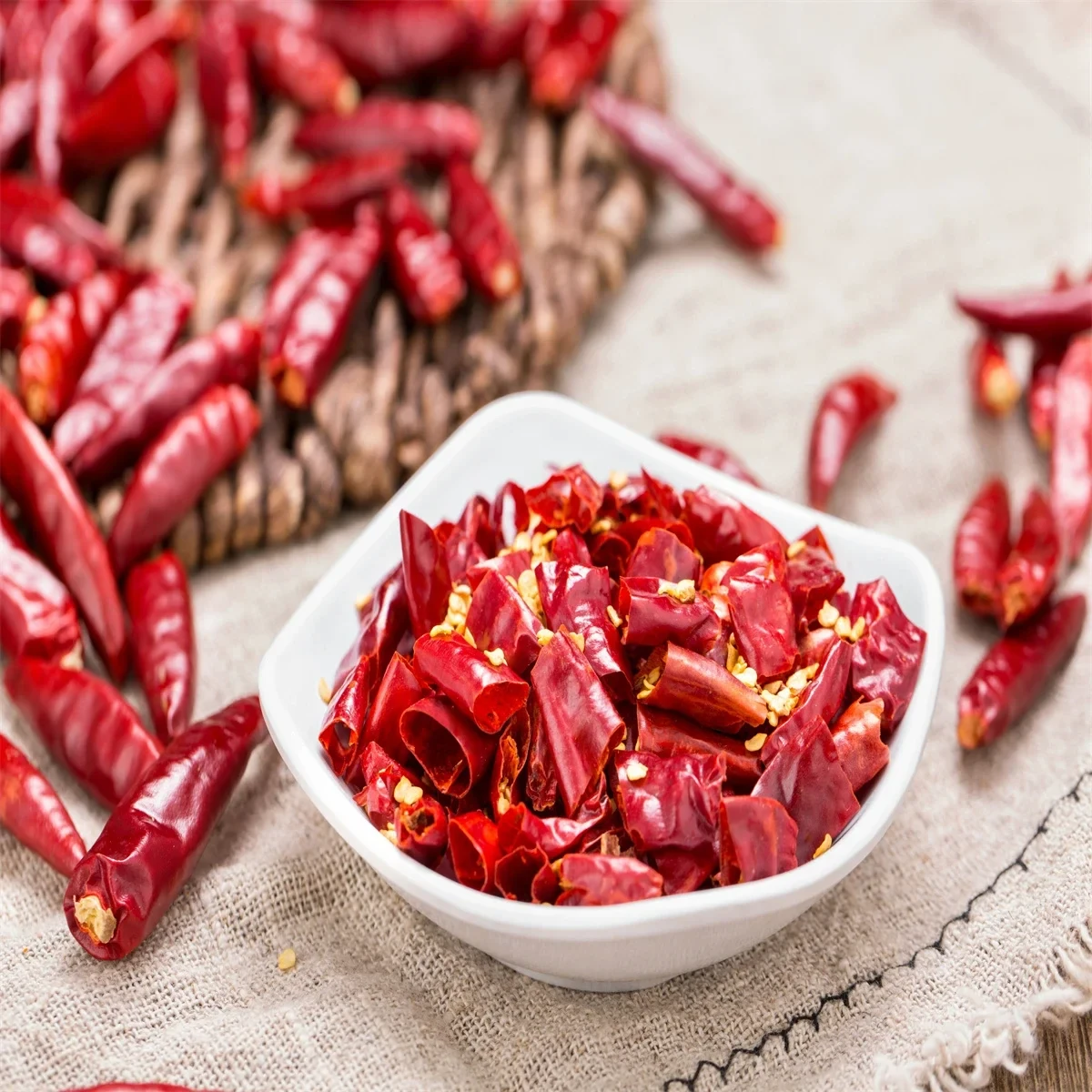Dec . 04, 2024 07:32 Back to list
Exploring Various Premium Dried Chili Varieties and Their Unique Flavors
Exploring High-Quality Different Types of Dried Chiles
Dried chiles are a staple in many cuisines around the world, offering depth, complexity, and a range of flavors that can transform a dish. Various types of dried chiles not only provide heat but also contribute unique notes, from smokiness to sweetness. With an increasing demand for high-quality dried chiles, both amateur cooks and professional chefs are exploring these vibrant ingredients to elevate their culinary creations.
Understanding Dried Chiles
Dried chiles come from fresh peppers that have been harvested, sun-dried, or dehydrated. The drying process intensifies their flavors, resulting in a concentrated taste that can vary significantly based on the variety of pepper used. Each type of dried chile carries its own heat level and flavor profile, making them versatile components in countless recipes.
Popular Types of Dried Chiles
1. Ancho Chiles Ancho chiles are dried poblano peppers and are known for their mild heat level and sweet, fruity flavor. With deep red to brown hues, they add a rich, warm essence to sauces, stews, and chili. Anchos are particularly beloved in Mexican cuisine, where they are often used in molé sauces or simply rehydrated, blended, and incorporated into various dishes.
2. Chipotle Chiles Chipotles are smoked and dried jalapeños, giving them a distinctive smoky flavor alongside their moderate heat. These chiles are widely used in adobo sauce, marinades, and barbecues. Their smoky undertones enhance everything from salsas to soups, making them a favorite among chefs seeking to add depth to their dishes.
3. Guajillo Chiles Guajillo chiles are a common ingredient in Mexican cooking, characterized by their bright red color and tangy, berry-like flavor. They have a medium heat level and are often used in sauces, moles, and as a base for chili. When ground into a powder, they can also be sprinkled over dishes to add color and flavor.
high quality different types of dried chiles

4. Pasilla Chiles Pasilla chiles are dried chilaca peppers, known for their deep black-brown color and rich, complex taste that's slightly fruity and earthy. They are essential in traditional mole sauces and add a wonderful depth when used in salsas or marinades. Their mild heat allows them to blend well without overpowering other ingredients.
5. New Mexico Chiles These chiles come from the Hatch Valley of New Mexico and are recognized for their versatility and vibrant flavor. They range in heat from mild to medium and have a slightly sweet, earthy taste. New Mexico chiles are often used in chili powders and are perfect for seasoning meats, stews, and salsas.
6. Bird’s Eye Chiles Also known as Thai chiles, these small, fiery peppers pack a punch. Dried bird’s eye chiles are a staple in Southeast Asian cooking and are known for their intense heat. They can be used whole in curries or crushed into powders for a spicy kick in sauces and marinades.
7. Serrano Chiles While typically fresh, serrano chiles can also be dried. The dried version retains much of its bright, citrusy flavor with a pronounced heat. They can be used similarly to other chiles in salsas, sauces, and dishes that require a flavorful kick.
Using Dried Chiles in Cooking
When cooking with dried chiles, it's essential to first rehydrate them to unlock their full flavor potential. This can be done by soaking them in hot water for about 20-30 minutes. After rehydrating, they can be blended into sauces, chopped for salsas, or infused in oils. Ground dried chiles can also be sprinkled onto dishes for both flavor and visual appeal.
Conclusion
High-quality dried chiles are more than just a source of heat; they are essential ingredients that can elevate the flavor profiles of many dishes. Whether exploring the fruity sweetness of ancho chiles or the fiery intensity of bird’s eye chiles, each variety offers something unique to the culinary landscape. By understanding and utilizing the diverse range of dried chiles available, cooks can enhance their meals, infusing them with richness and a touch of spice that brings every plate to life. As more people embrace the art of cooking, the appreciation for these flavorful ingredients continues to grow.

